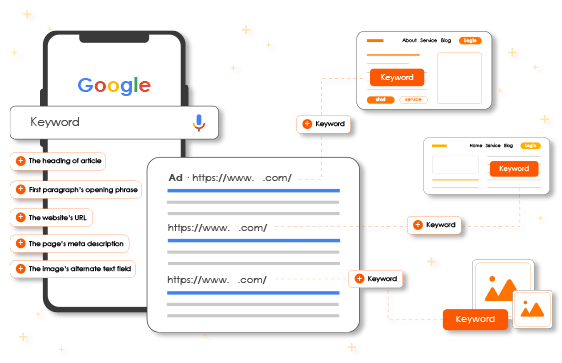Understanding Average Position in Google AdWords
If you’re running Google AdWords campaigns, you’ve probably come across the term ‘average position‘ on your dashboard. But do you know what it means and how it impacts your ads? In simple terms, average position refers to the order of your ad in the search engine results page (SERP) compared to other ads. The higher the position, the better the visibility of your ad. But is it enough to just aim for the top positions? In this blog post, we’ll take a deep dive into average position in Google AdWords and why it matters for your ad campaigns.
How is Average Position calculated?
The average position is calculated based on a combination of metrics such as ad relevance, landing page experience, and expected click-through rate. Google assigns a score to each of these elements, and those scores are weighted based on importance. The resulting number is the ad rank. The ad with the highest ad rank gets the first ad position, and so on. The process is automated, and ad auctions happen every time a user triggers a search query to show the most relevant ads for that query.
Why is it important?
Having a high average position means that your ad has higher visibility and is likely to get more clicks. However, at times, the cost of achieving a top position may not justify the gains. For instance, if your ad is for low-volume, niche keywords with a high cost-per-click (CPC), it may not be economically feasible to bid for a top position. It’s crucial to have a realistic outlook on how your ad is performing within the context of your niche and goals.
How to improve your Position?
The two primary ways to improve your ad position are to increase your bid and optimize your ad and landing page quality. Your bid plays a considerable role in securing a higher average position, but that alone can’t guarantee better performance. Google also prioritizes the click-through rate (CTR) and relevance of your ad and the landing page experience that visitors are likely to have after clicking on your ad. Therefore, it’s necessary to work holistically on the overall ad experience, including ad copy, targeting, and relevancy of the landing page.
How to analyze your Position?
To analyze your ad’s average position, you can use Google AdWords tools such as the Ad Preview and Diagnosis tool, Auction Insights report, and the Opportunities tab. The Ad Preview and Diagnosis tool allows you to view a simulated SERP without accruing impressions or clicks. The Auction Insights report shows you how often your ad appears at the top positions compared to your competitors. The Opporunities tab recommends bid or budget adjustments to boost your ad rank.
Conclusion
In conclusion, understanding the intricacies of average position is essential to finding the optimal balance between visibility and cost-effectiveness in your ad campaigns. Ensure you’re not overspending on a high position that doesn’t move the needle for your business goals. On the other hand, being complacent with low positions risks losing visibility to your competitors. Constantly monitor your position and other relevant metrics such as conversion rate and return on investment to make data-driven decisions. By finding the ideal average position for your niche, you’ll be on your way to creating profitable Google AdWords campaigns.
